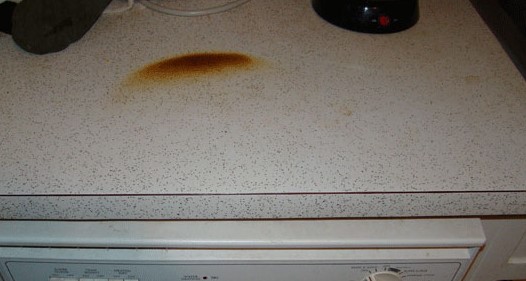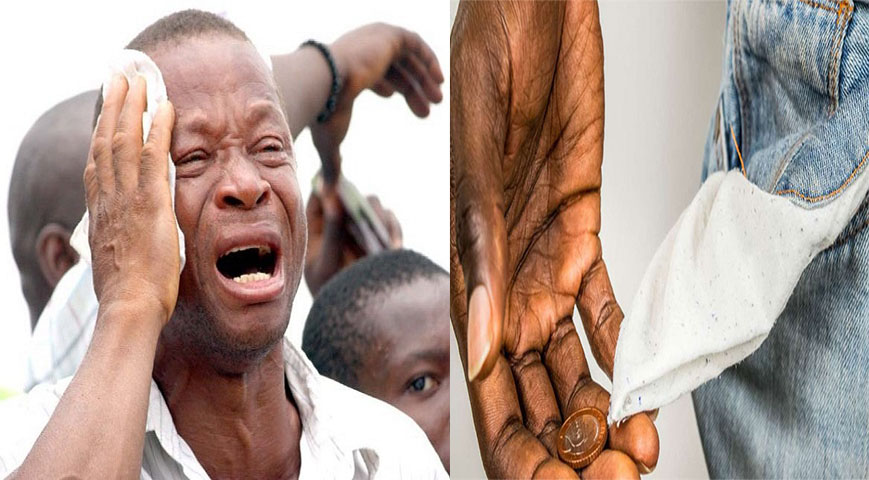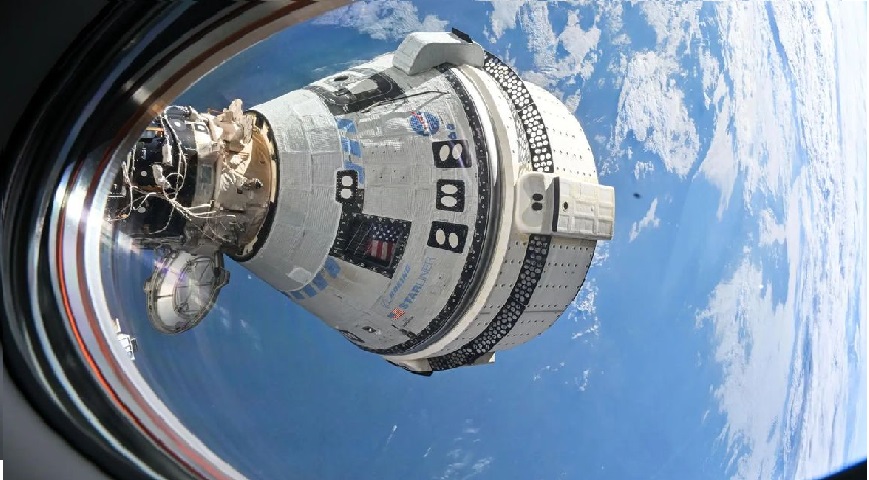Cleaning burnt kitchen surfaces can be challenging, especially if the burn is deep and has been left for some time.
Burnt surfaces look unappealing and produce an unpleasant odour that can be difficult to remove
However, the right approach and tools can make cleaning burnt kitchen surfaces easier and more effective.
Baking Soda & Vinegar
One of the most common ways to clean burnt surfaces is using baking soda and vinegar. Baking soda is a natural abrasive that can help remove burnt stains, while vinegar is a natural acid that can dissolve grease and grime.
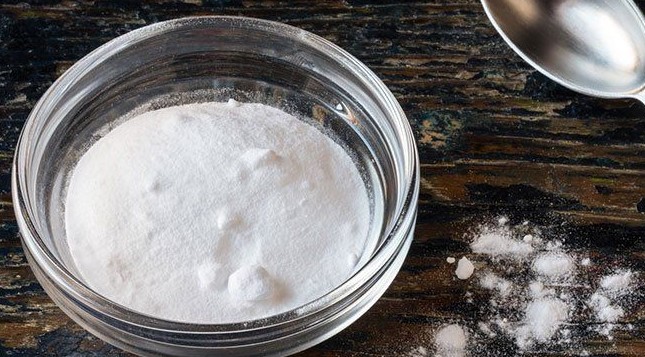
To clean a burnt surface using baking soda and vinegar, mix a paste using equal parts of baking soda and water. Apply the paste to the burnt surface and let it sit for a few minutes to allow the baking soda to penetrate the stains.
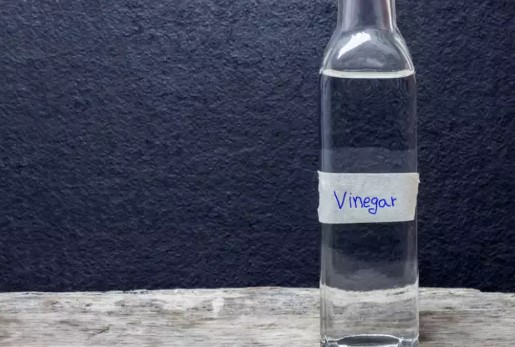
Next, spray some vinegar onto the paste and let the mixture fizz for a few minutes. Then, scrub the surface using a non-abrasive sponge or cloth and rinse with water. This method is suitable for cleaning burnt pots, pans, and stovetops.
Lemon Juice & Salt
Another effective way to clean burnt surfaces is by using lemon juice and salt. Lemon juice contains citric acid, which acts as a natural bleaching agent, while salt is an abrasive that can help scrub off burnt stains.
Cut a lemon in half and sprinkle some salt on the cut side to use this method. Rub the lemon onto the burnt surface, focusing on the stained areas.
Allow the mixture to sit for a few minutes, then rinse with water and dry with a clean cloth. This method is ideal for cleaning burnt oven racks and grill grates.
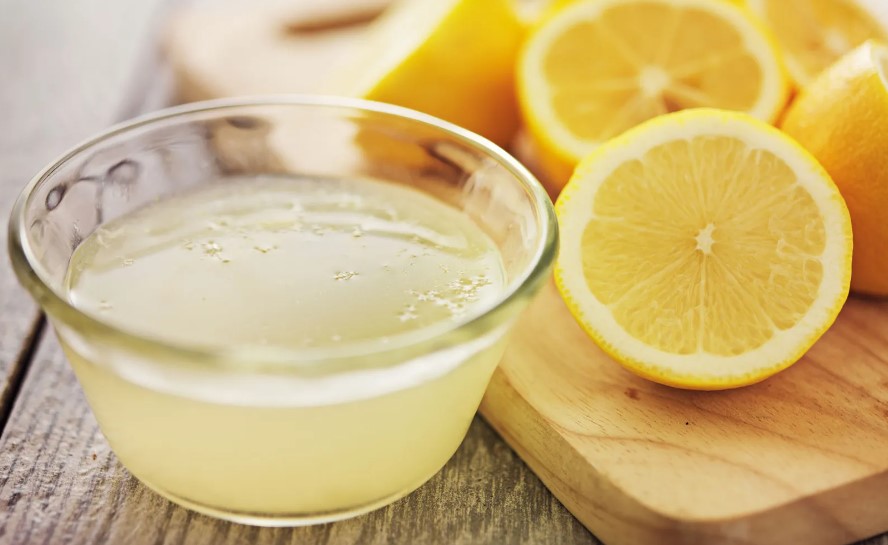
Commercial Cleaners
If the burnt surface is too stubborn for natural methods, you can use commercial cleaners designed for burnt stains.
These cleaners are usually formulated with strong chemicals that can dissolve burnt-on grease and grime. However, reading the labels and following the instructions carefully is essential to ensure your safety and avoid damaging the surface.
Some commercial cleaners may also require protective gear, such as gloves and goggles, to prevent skin and eye irritation.
Ammonia & Water
You can use a mixture of ammonia and water for burnt surfaces made of stainless steel or glass. Ammonia is a powerful cleaner that can dissolve grease and grime without damaging the surface. Mix equal parts of ammonia and water in a spray bottle to use this method.
Spray the mixture onto the burnt surface and let it sit for a few minutes. Next, scrub the surface using a non-abrasive sponge or cloth and rinse with water. This method is suitable for cleaning burnt oven doors and stainless steel stovetops.
Prevention
Prevention is always better than cure, which applies to burnt kitchen surfaces. To prevent burnt stains, always use the appropriate cookware and utensils for the job.
For example, use a non-stick pan for frying delicate foods and a cast-iron pan for searing meats. Also, avoid leaving food unattended on the stove or oven to prevent burning. Always use a timer to remind you when to check the food.
Final Thoughts
In conclusion, cleaning burnt kitchen surfaces can be challenging, but it's not impossible. There are various natural and commercial methods that you can use to remove burnt stains, depending on the type of surface and the severity of the burn.
However, prevention is always the best approach, so use the appropriate cookware and utensils and avoid leaving food unattended on the stove or in the oven. Following these tips, you can keep your kitchen surfaces clean and free from burnt stains.

